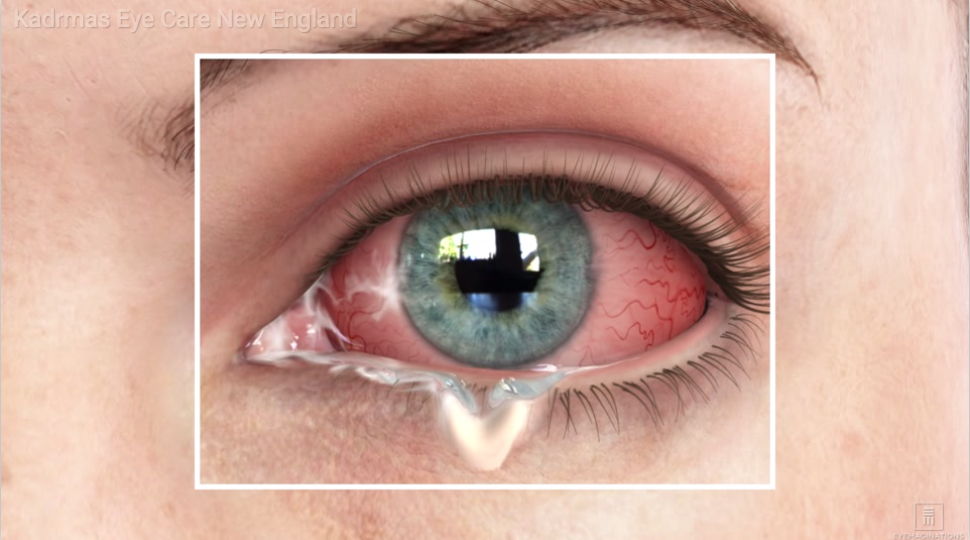Watch Your Child for These Signs of Possible Eye Problems | Children’s Eye Health & Safety Month 8/9/2016
The following is a list of signs of possible eye problems in children, which we’ve grouped into categories for ease of identification:
Any of these can be signs of a serious eye condition, such as amblyopia, strabismus, refractive errors, cataract, conjunctivitis (pink eye), chalazion, stye, cellulitis, and blocked tear duct. (Read our previous article, Common Diseases & Conditions that Can Affect Your Child’s Vision, to learn more about each of these.) Have your child’s eyes checked if you notice any signs or changes in your child’s eyes, eyelids, or vision. The sooner an eye problem is detected, evaluated, and treated, the better the prognosis or possible outcome. Other Considerations for Children's Eye HealthIn addition to these symptoms, you should be aware of your child’s eye health if any of the following are or have been present in his or her life:
Those are the signs and factors to be aware of to protect your child’s eye health and vision. If you have any questions about your child’s eyes or vision, we encourage you to contact your primary care physician / pediatrician, as well as our office. Our optometrists specialize in children's eye examinations and general eye health. They are here to get your child the help he or she needs, as well as answer any questions you may have. In the upcoming Children’s Eye Health & Safety Awareness Month articles, we’ll look at guidelines for having your child’s eyes checked and and protecting your child’s eyes from both the sun and injury.
Comments are closed.
|
EYE HEALTH BLOGCategories
All
Archives
April 2024
|
|
Kadrmas Eye Care New England
55 Commerce Way, Plymouth, MA 02360
14 Tobey Road, Wareham, MA 02571 133 Falmouth Road (Rt 28), Mashpee, MA 02649 |
Phone Number:
1-508-746-8600 Hours: Monday through Friday — 8 AM – 4:30 PM |


 RSS Feed
RSS Feed
